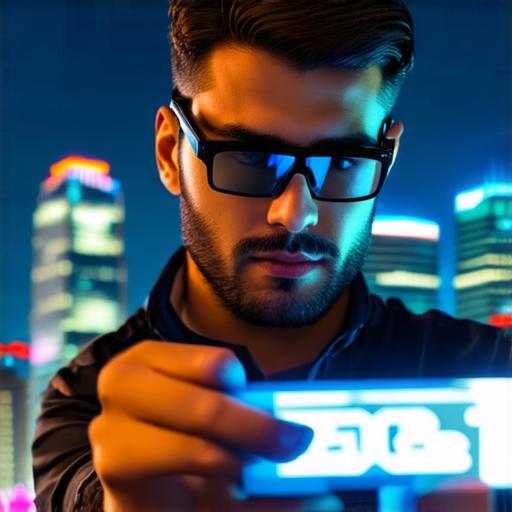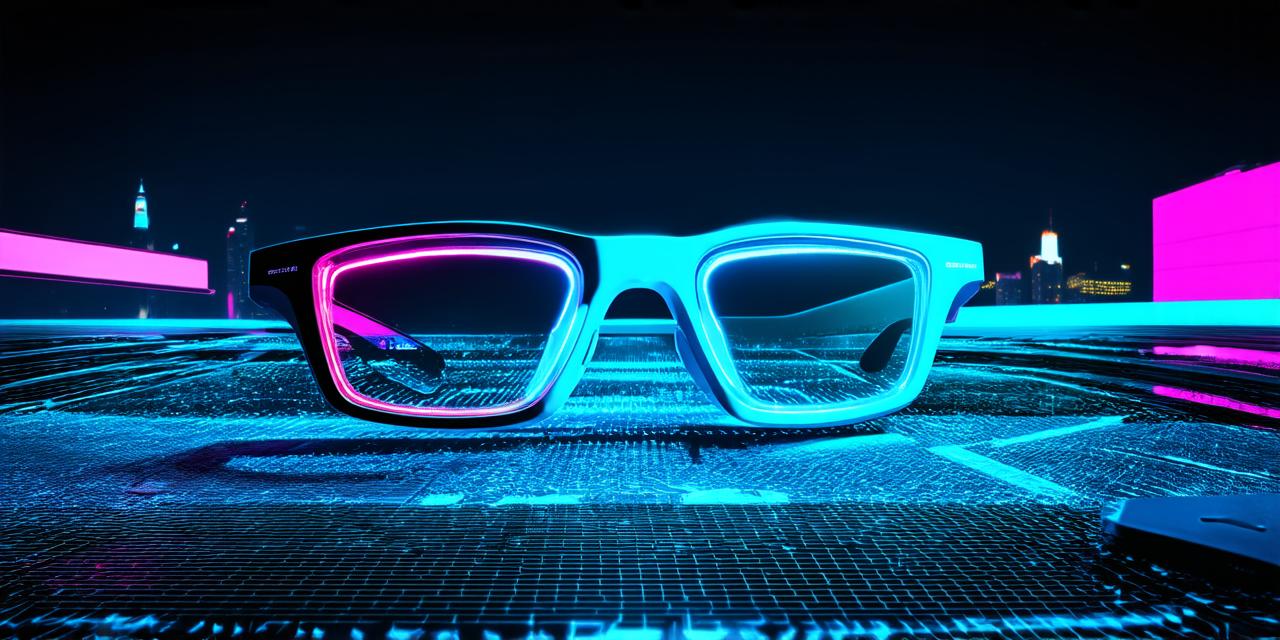In recent years, augmented reality (AR) technology has revolutionized the way we interact with digital content. AR is an interactive experience that overlays digital information onto the real world, allowing users to see and interact with virtual objects in their physical environment.
But where does AR fit exactly? In this article, we will explore the various domains that AR falls into and why it’s important for developers to understand these categories.
1. Entertainment
One of the most popular use cases for AR is entertainment. From gaming to interactive movies, AR technology has opened up new ways for users to experience media in a more immersive way. For example, Pokémon Go is an incredibly successful mobile game that uses AR technology to bring virtual creatures into the real world.
By overlaying digital information onto the physical environment, users can see and interact with these creatures as if they were real.
2. Education
AR has also found a place in education, particularly in fields like science and medicine. By using AR, students can visualize complex concepts and ideas in a more interactive and engaging way. For example, medical students can use AR to visualize the anatomy of the human body, allowing them to better understand how different parts of the body work together.
3. Marketing
AR is becoming increasingly popular in marketing, as it allows brands to create immersive experiences that capture users’ attention and engage them with their products. For example, IKEA uses AR to allow customers to see how furniture would look in their home before they buy it. This not only helps customers make more informed decisions, but it also creates a memorable experience that sets IKEA apart from its competitors.
4. Retail
AR is also being used in retail, particularly in the fashion and beauty industries. By using AR, customers can see how different products would look on them before they buy, allowing for a more personalized shopping experience. For example, Sephora uses AR to allow customers to try on makeup virtually, giving them a better idea of how it will look on their skin.
5. Manufacturing
AR is also being used in manufacturing, particularly in fields like engineering and construction. By using AR, workers can visualize complex designs and make more accurate measurements, reducing errors and improving efficiency. For example, GE uses AR to help maintenance workers diagnose and fix problems with wind turbines, allowing them to do their job more quickly and efficiently.
6. Tourism

AR is also being used in the tourism industry, particularly in museums and historical sites. By using AR, visitors can learn more about the history and culture of a place, while also experiencing it in a more interactive and engaging way. For example, the Louvre Museum in Paris uses AR to allow visitors to explore different exhibits and see them in a more immersive way.
As we can see from these examples, AR falls into many different domains, including entertainment, education, marketing, retail, manufacturing, and tourism. Each of these domains has its own unique challenges and opportunities, but they all share one common thread: the ability to create immersive experiences that capture users’ attention and engage them with digital content.
For AR developers, it’s important to understand these different domains and how they use AR technology. By doing so, you can create more effective and engaging experiences for your users, regardless of the domain in which you are working. For example, if you are working in the retail industry, you may want to focus on creating a personalized shopping experience that allows customers to see how different products would look on them before they buy. If you are working in the manufacturing industry, you may want to focus on creating more accurate measurements and reducing errors by using AR technology.
In conclusion, augmented reality is an incredibly versatile technology that has found a place in many different domains. From entertainment to education, marketing to tourism, AR technology is transforming the way we interact with digital content and create immersive experiences for users. As an AR developer, it’s important to understand these different domains and how they use AR technology to create more effective and engaging experiences for your users. By doing so, you can help shape the future of AR and continue to push the boundaries of what is possible with this exciting technology.
